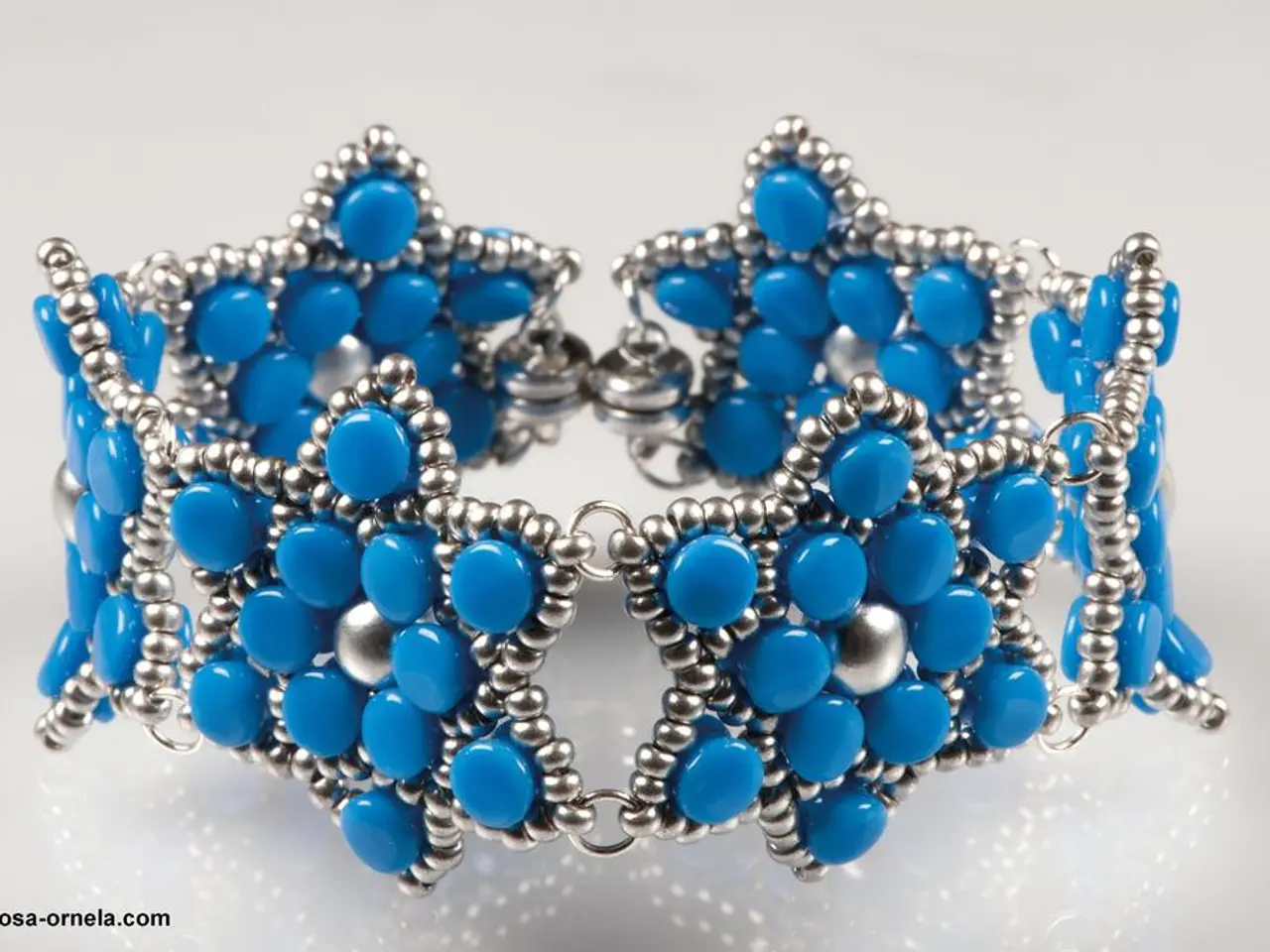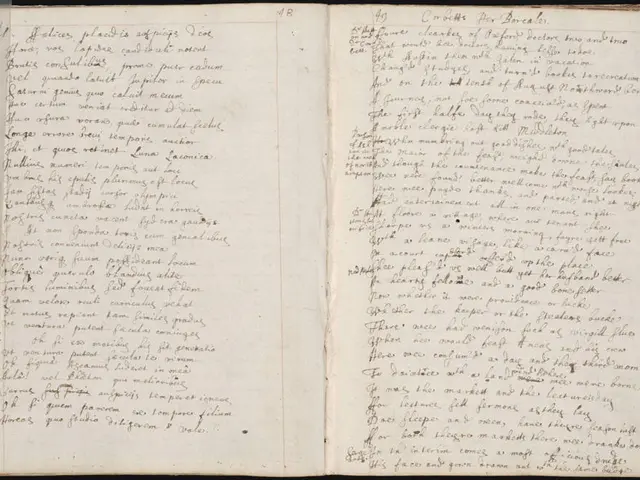Child uncovers 3,800-year-old scarab amulet in Israel while playing with a stone
In a remarkable archaeological find, a 3-year-old child named Ziv Nitzan recently discovered a 3,800-year-old scarab amulet during a family hike in Israel[1]. The discovery, made at Tel Azekah, a historical site inhabited during the Bronze Age, sheds light on the ancient Canaanite culture and the close ties between Canaan and Egypt during the Middle Bronze Age.
Scarab amulets, which originated among the ancient Egyptians and were widely used in the ancient Near East, including Canaan, were often crafted from materials like stone or faience and inscribed with protective motifs or magical spells[2][4]. These objects served as protective talismans, believed to ward off evil and ensure safety and good fortune for the wearer[3]. In both Egyptian and Canaanite contexts, scarabs symbolized rebirth and were commonly placed in tombs or worn as jewelry to invoke divine protection in this life and the afterlife.
The scarab found by Ziv Nitzan joins a long list of Egyptian and Canaanite finds discovered at Tel Azekah, which attest to the close ties and cultural influences between Canaan and Egypt during that period[6]. The ancient Egyptians associated dung beetles with their sun god Khepri, who represented creation, rebirth, and the daily renewal of the sun, making scarab amulets potent symbols of protection and regeneration[4].
The find underscores the accessibility and continued relevance of Israel's archaeological heritage. It provides valuable insight into the daily lives and spiritual beliefs of the Canaanites, dating back nearly four millennia. Such finds enrich our understanding of how ancient peoples used symbolic objects for protection and identity.
The scarab amulet will go on public display with other artifacts from the Egyptian and Canaanite eras at the Jay and Jeanie Schottenstein National Campus for the Archaeology of Israel in Jerusalem[7]. Archaeologists have been excavating Tel Azekah for nearly 15 years, and the excavation findings suggest that it was one of the most important cities in the Judean Lowlands during the Middle and Late Bronze Ages[5].
This scarab amulet thus represents both a tangible link to the early Canaanite civilization and a vivid example of the lasting significance of amuletic traditions in the ancient world[3][4]. Scarabs sometimes bore symbols and messages reflecting religious beliefs or status, making each one a unique piece of history. The discovery of this scarab serves as a testament to the enduring allure of archaeology and the fascinating cultural connections that link our past to the present.
- In addition to ancient history, the discovery of the scarab amulet can provide insights into the fashion-and-beauty aspects of the ancient Canaanites, as scarabs were often worn as jewelry.
- The archaeological find at Tel Azekah and the scarab amulet discovered by Ziv Nitzan can be a topic of general-news discussions, being of significant interest to the public.
- This scarab amulet, as a symbol of protection and rebirth, can spark conversations in the education-and-self-development sphere, illustrating the spiritual beliefs and symbolic rituals of the ancient Near East.
- As the scarab amulet will be displayed at the Jay and Jeanie Schottenstein National Campus for the Archaeology of Israel, it can be a point of attraction for travelers and tourists who are interested in food-and-drink, home-and-garden, sports, and other aspects of modern Israeli life in addition to archaeology.




